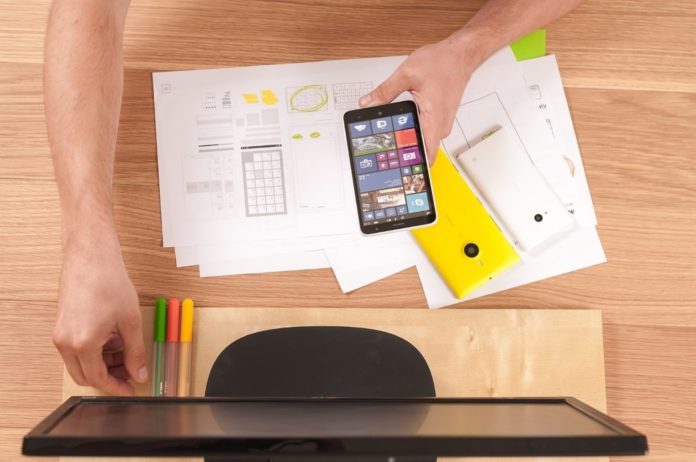The best products are good at two things: features and details. Features ensure that people are attracted to your product. Details keep the customer with you. Plus, details ensure your app stands out from the competition.
Microinteractions or small interactions are one of the best techniques to give a good feedback. All roads lead to a design where people are central. So the user is the main focus. Microinteractions are often considered secondary or accessory.
They create a sense of familiarity once discovered by users. As a designer, the art is being able to recognize invisible micro-interactions and what is equally important is being able to design them. You have to design something that feels human and completes a certain task.
Article Content
What are micro interactions?
Micro interactions are substantive moments of the product that have a small task. Typically, these small details have the following essential functions:
- Communication of feedback or result of a particular action.
- Complete an individual task.
- The feeling of direct manipulation increased.
- Helps users visualize the results of their actions and avoid errors.
Some examples of specific micro interactions are:
- The vibrating notification in combination with the silent mode logo on the screen when you put a iPhone in silent mode.
- Interface animation that indicates whether you can click something (think of a button that changes color when you mouse over it).
Why micro interactions work
Micro interactions work because they appeal to the natural need to user recognition. The user immediately knows that the action has been accepted and is visually rewarded. Additionally, micro interactions can show users how the system works.
identifying opportunities
The beauty of microinteractions is that they can be added in different places around each potential action. In general, micro interactions arise in the following areas:
system status
Keep your users informed of what is happening. This is the first usability heuristic principle. Users expect to get an immediate response about what is happening. There are situations where an application needs time to perform a certain action.
In these cases, the interface must show the user what is happening at that moment.
Suggestion- Make sure the user doesn't get bored. So keep the user informed and show the progress. (For example, a loading bar interacts with the user and thus avoids confusion)
highlight changes
In some cases, notifications should be used to ensure that the user actually sees them. Animations can help with this. These ensure the user's attention and that they do not overlook what you think is important.
Council- In many cases, animation effects are used to draw the user's attention to important details. Micro interactions have to be small and simple.
Preserve context
It uses motion to allow users to navigate between contexts fluidly. Explains what the changes are in the arrangement of elements on the screen. This is especially true for mobile devices and smart watches. It is impossible to get much information on a screen.
Suggestion- Provides clear navigation between different pages. This way the user understands where something came from. The transition between two visual aspects must be fluid. Use a connecting theme to tie all interactions together.
View entry
Data entry is one of the most important elements of any application. Micro interactions help make this process special. You can use existing elements to provide feedback.
Suggestion– Micro interactions help display information and help the user achieve their goal.
Call to action
Micro interactions have the power to encourage users to interact. They can bring empathy to the User Experience (UX). Just make sure the visual cues and animations are appropriate for your users. Consider whether the micro interaction is still fun after 100 times and whether it becomes annoying.
Suggestions– Focus on user emotions as they play an important role in how users interact. Make use of context and user research combined with good design for repeat use.
Remember
- Micro interactions help with interactions through: comments, instructions and notifications.
- Microinteractions should save time by providing instant information in such a way that the user does not get distracted or bored. They need to capture the user's attention like a little wink.
- Knowing who your users are and the context behind micro interactions helps make them more effective and accurate.
- Micro interactions have to work in the long term. What looks good at first glance can become very annoying after the hundredth time.
- Bring a human element to micro interactions and focus on visual harmony. The movement must feel fluid so that the micro interaction can come to life.
Conclusion
Pay attention to the design. Think about how people interact with your devices and copy common patterns when designing these small pieces. Carefully thinking about every small detail is the key to success in facilitating human-computer interaction. For a fantastic design you have to go 100%. From the functional part to micro interactions.

Expert in SEO/SEM and communication on social networks.
CEO at tecnologia.net and passionate about everything related to technological progress






